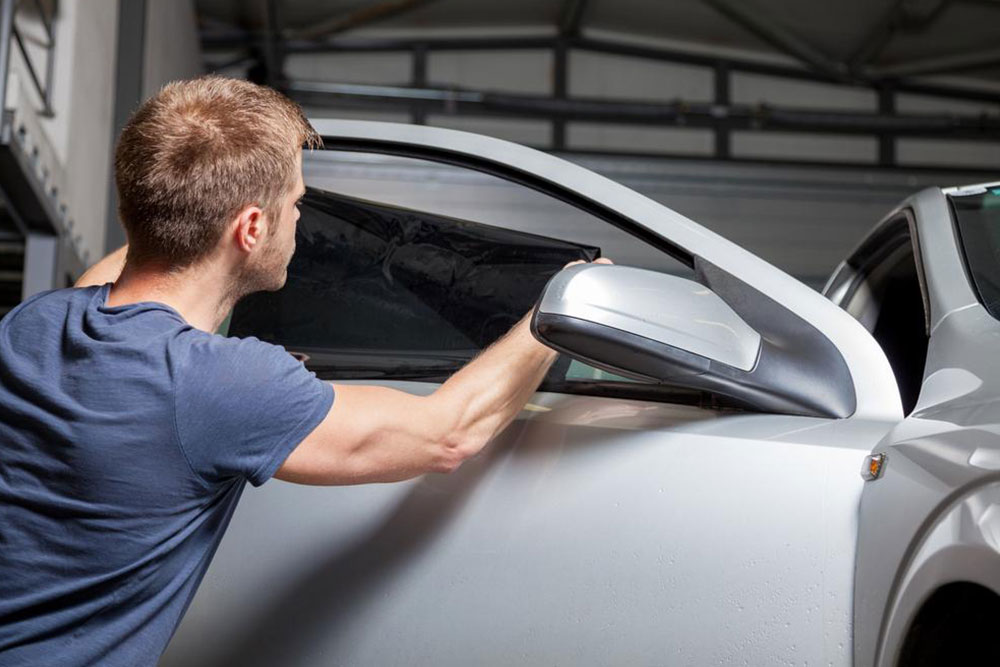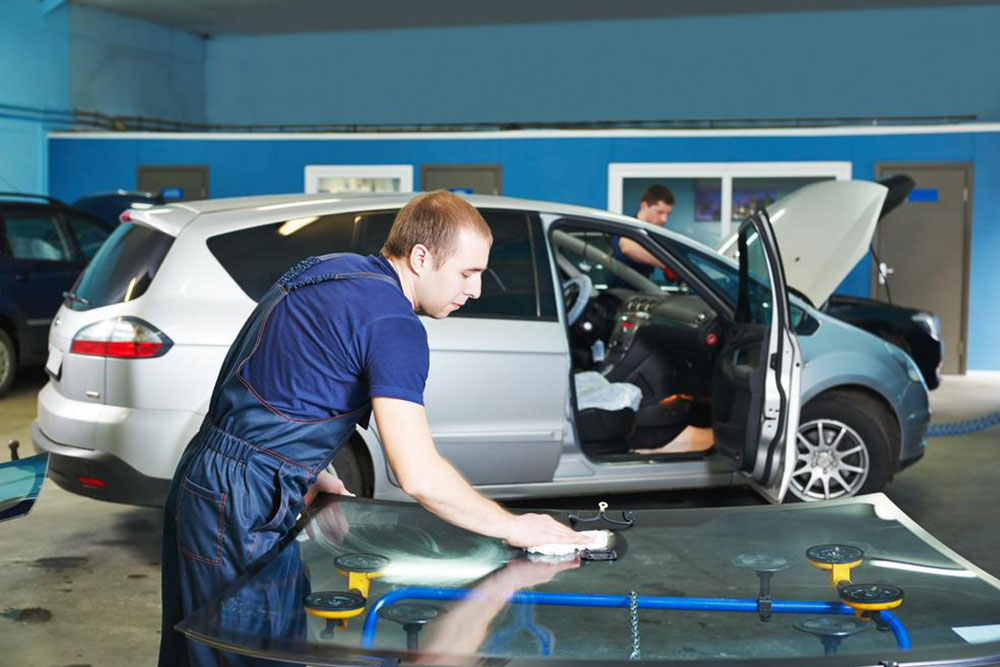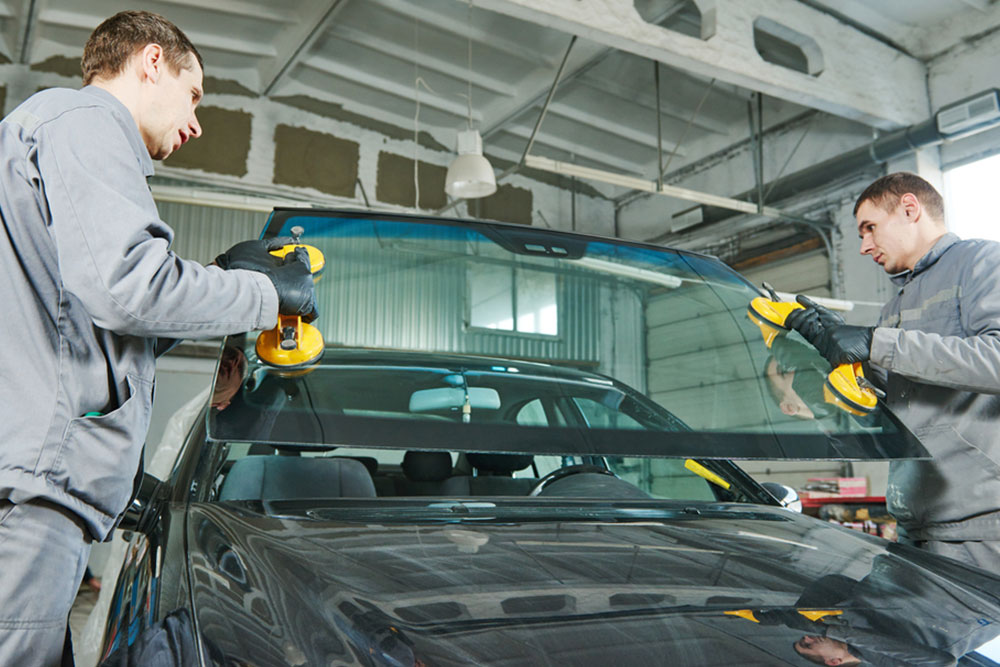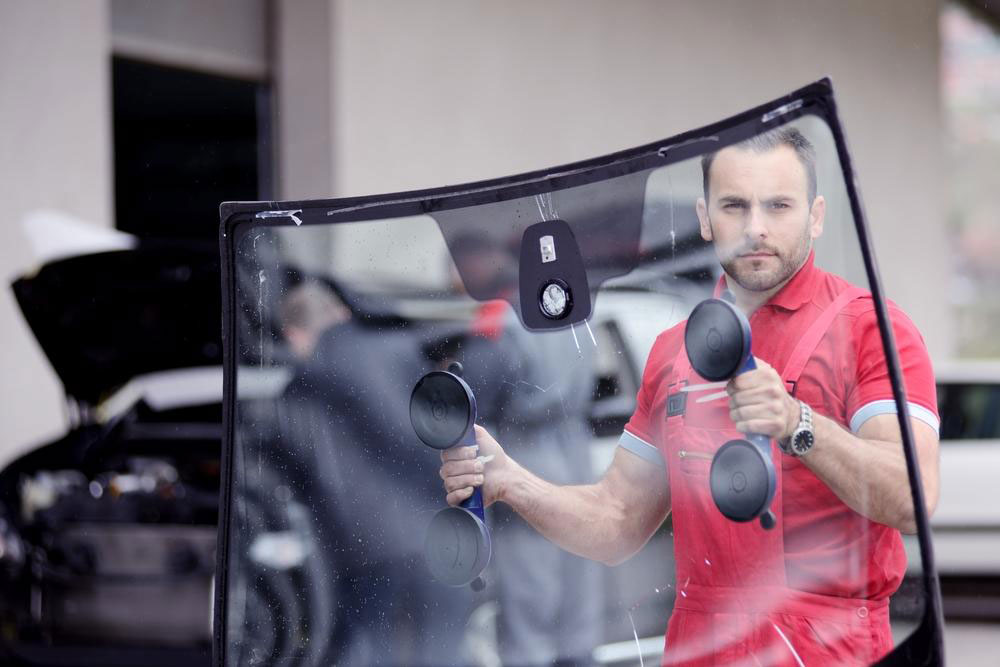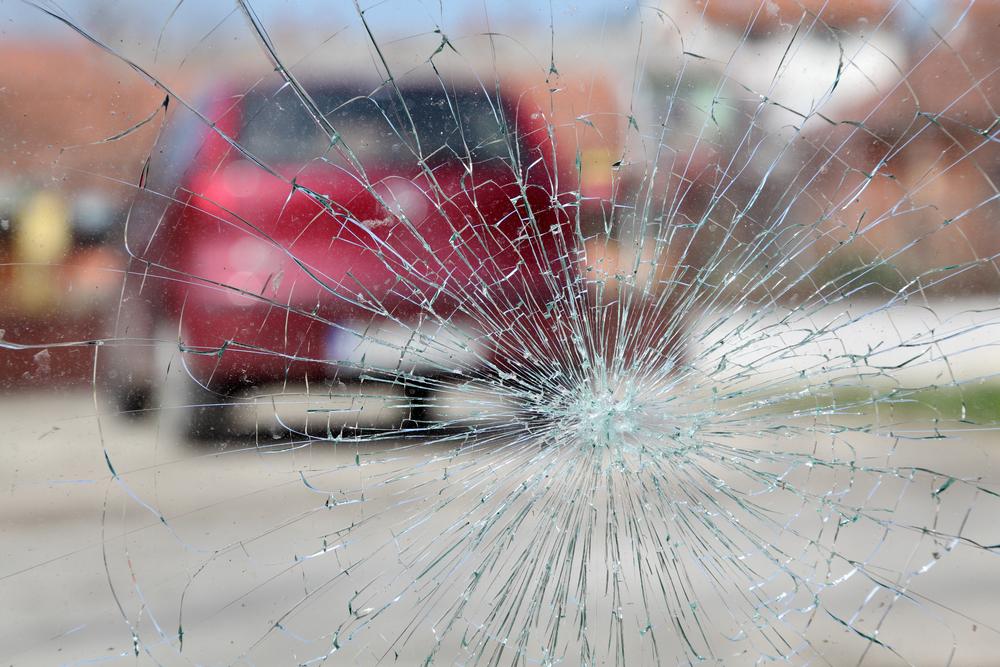Comprehensive Guide to Car Glass Types and Expert Maintenance Strategies
Learn about the different types of car glass, including laminated and tempered glass, and discover expert maintenance tips to ensure safety, durability, and longevity of your vehicle's windows. Proper care and timely repairs are essential for driver safety and avoiding costly replacements, making this comprehensive guide an invaluable resource for car owners and auto enthusiasts alike.
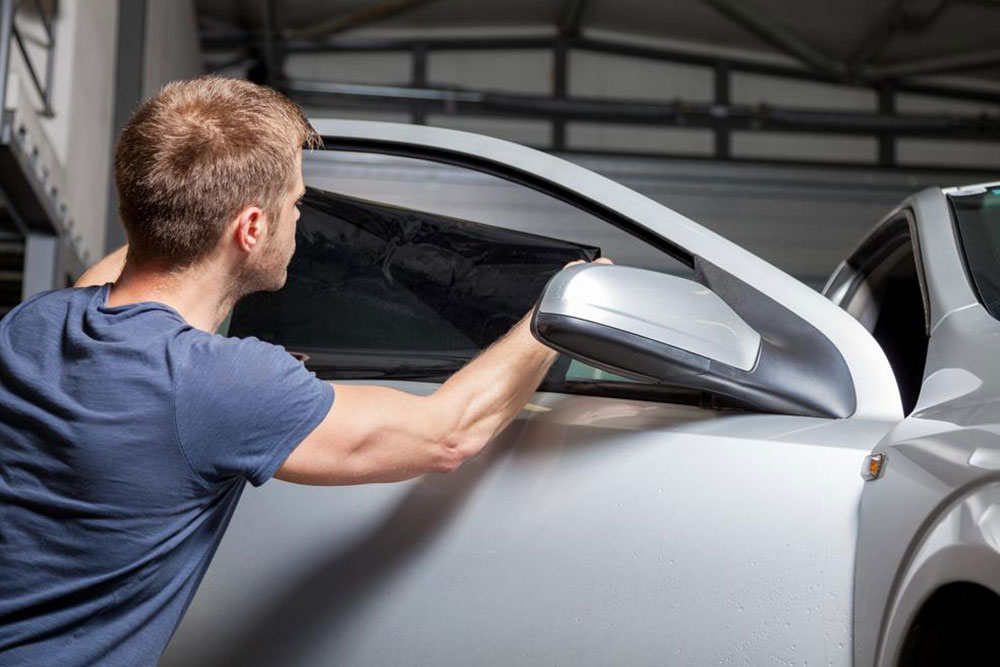
Understanding Car Glass Types and How to Maintain Them Effectively
Have you ever wondered why your vehicle's windshield withstands impacts without shattering into dangerous shards? The answer lies in the advanced engineering of automotive glass, meticulously designed to prioritize safety, durability, and reliability. Recognizing the different types of car glass and knowing how to properly care for them can significantly enhance your vehicle’s safety and longevity.
In this detailed guide, we explore the various types of automotive glass used in vehicles today, including their unique properties, advantages, and appropriate maintenance practices. Whether you’re a car owner, a mechanic, or an auto safety enthusiast, understanding these aspects can help you make informed decisions about repairs and upkeep.
Types of Car Glass You Should Know About:
The most common types of automotive glass are laminated glass and tempered glass. Each plays a vital role in vehicle safety and is engineered to serve specific functions. Recognizing the differences between them will help you better understand your vehicle’s construction and when repairs or replacements are necessary.
Laminated Car Glass
This type of glass is predominantly used for windshields because of its exceptional safety features. Laminated glass is composed of two layers of glass fused together with a tough, clear interlayer made from polyvinyl butyral (PVB). The entire assembly is subjected to heat and pressure to bond the layers securely. This design allows laminated glass to absorb and distribute impact forces effectively, preventing shards from piercing through in case of collisions or accidents.
One of the significant advantages of laminated glass is its ability to hold together after impact, offering a barrier that prevents dangerous shards from flying into the vehicle’s cabin, thereby protecting occupants and reducing injury risks. Additionally, minor cracks in laminated glass can often be repaired without needing complete replacement, saving vehicle owners time and money.
Tempered Car Glass
Tempered glass is typically used for rear windows, side windows, and other side glass components. It is manufactured through a process known as heat treatment, where the glass is heated to a high temperature and then cooled rapidly. This process induces compressive stress on the surface of the glass, enhancing its strength significantly.
When tempered glass is broken, it shatters into small, blunt pieces rather than sharp shards. These small fragments are less likely to cause injuries, making tempered glass a safer option for side and rear windows where passenger safety is critical. However, unlike laminated glass, broken tempered glass usually requires complete replacement since it cannot be repaired once damaged.
Understanding the specific applications of these glass types helps vehicle owners and repair professionals ensure proper maintenance and timely replacements, maintaining the safety standards stipulated by automotive safety regulations.
Effective Car Glass Maintenance Tips for Longevity and Safety
Regular Inspection and Prompt Repairs: Regularly check your windshield and windows for cracks, chips, or other damages. Minor chips can often be repaired early by professionals, preventing them from becoming larger, more costly issues or safety hazards.
Timely Windshield Wiper Replacement: Replace wipers at least twice a year to maintain clear visibility. Worn-out wipers can cause streaks and reduce the effectiveness of cleaning your windshield, especially during rain or snow.
Protect from UV and Heat Damage: Park your vehicle in shaded areas or use car covers to shield your windshield from direct sunlight and UV radiation, which can weaken glass over time and lead to cracks.
Avoid Temperature Extremes: Store your vehicle in garages or shaded locations during extreme temperature conditions to minimize stress on the glass caused by thermal expansion or contraction.
Gentle Handling During Cleaning and Maintenance: Use non-ammonia-based cleaners and soft cloths to clean your vehicle’s glass surfaces. Avoid applying excessive force or quick jarring movements that could cause stress fractures or cracks.
Use Professional Services for Repairs and Replacements: Always opt for qualified auto glass technicians to handle repairs or replacements. Skilled professionals ensure the proper installation and sealing of glass, which is critical for safety and durability.
By following these maintenance practices, you can extend the lifespan of your vehicle’s glass components and ensure your safety on the road. Proper care not only helps maintain the structural integrity of your car but also enhances driving comfort and visibility in varying weather conditions.
In conclusion, understanding the different types of car glass and adopting effective maintenance strategies is essential for every vehicle owner. Whether it’s preventing windshield cracks or replacing damaged side windows, proactive care saves time, money, and most importantly, lives. Keep your vehicle’s glass in top condition and enjoy a safer driving experience, knowing that your car is equipped with the best safety features engineered into its design.
